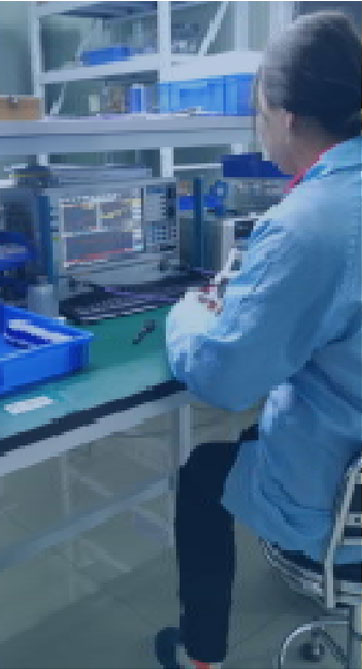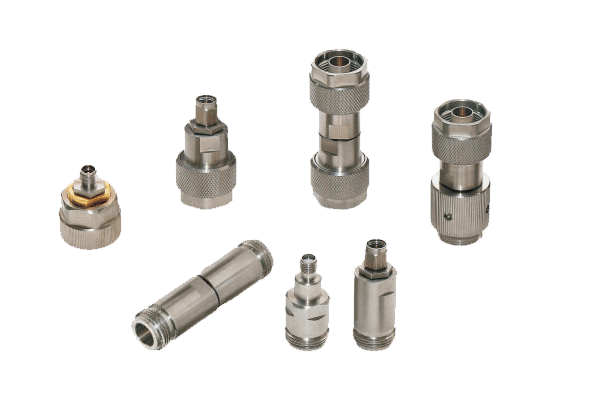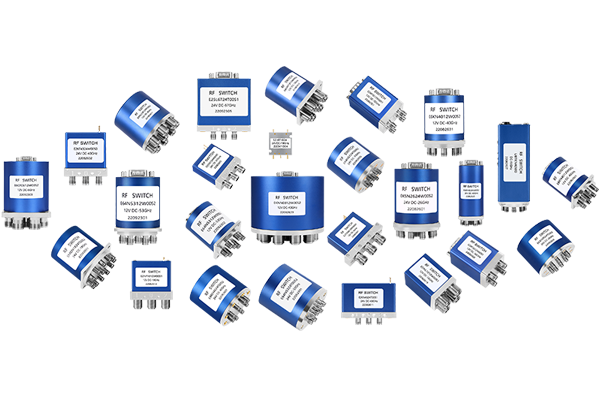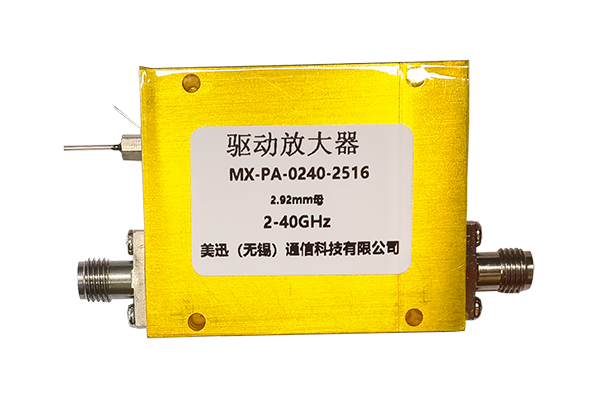
Pin diodes are established as major constituents in high-frequency electronics due to their natural device characteristics Their quick conductive to nonconductive switching and compact capacitance with limited insertion loss make them perfect for switches modulators and attenuators. The primary process that governs PIN diode switching is the modulation of current by varying the applied bias. The bias voltage changes the junction depletion width which in turn influences the device conductance. Varying the bias voltage facilitates reliable high-frequency switching of PIN diodes with small distortion penalties
Where timing precision and control matters PIN diodes get implemented into high-level circuit systems They operate within RF filter topologies to control the passing or blocking of chosen frequency bands. Their robust power handling means they can be used in amplifier power distribution and signal generation roles. Smaller, more efficient PIN diodes have expanded their application scope in wireless communications and radar technologies
Analyzing the Performance of Coaxial Switch Designs
Coaxial switch development is multifaceted and calls for precise management of several parameters The performance is governed by the choice of switch type frequency operation and insertion loss properties. Effective coaxial switch layouts strive to lower insertion loss and improve port-to-port isolation
Analyzing performance involves measuring important parameters like return loss insertion loss and port isolation. Assessment employs simulation, analytical modeling and experimental measurement techniques. Careful and accurate evaluation is vital to certify coaxial switch reliability in systems
- Simulation, analytical modeling and experimental testing are widely utilized to examine coaxial switch designs
- Switch performance may be significantly affected by thermal conditions impedance mismatches and production tolerances
- Novel developments and recent trends in coaxial switch design pursue performance gains alongside miniaturization and power savings
LNA Performance Enhancement Techniques
Tuning LNA gain efficiency and performance parameters is essential for outstanding signal fidelity in diverse systems This requires careful selection of transistors bias conditions and circuit topology. High quality LNA layouts suppress noise sources and deliver amplified signals with limited distortion. Simulation modeling and analysis tools are indispensable for assessing how design choices affect noise performance. Striving for a minimal Noise Figure assesses success in retaining signal power while limiting noise contribution
- Opting for transistors with small inherent noise is a vital design decision
- Adopting proper optimal biasing is essential to reduce noise creation in devices
- The configuration and topology substantially shape the amplifier’s noise response
Tactics like impedance matching noise mitigation and feedback regulation advance LNA performance
PIN Diode Based RF Switching and Routing

PIN diode based routing offers versatile efficient control of RF signal paths Such semiconductor switches toggle quickly between states to permit dynamic control of signal routes. Strong isolation and low insertion loss in PIN diodes contribute to reduced signal degradation. PIN diodes are used in antenna switch matrices duplexers and phased array RF systems
The switching behavior is governed by voltage driven modulation of the diode’s resistance. In the open or deactivated condition the device offers large resistance that prevents signal passage. When a positive control voltage is applied the diode resistance decreases reduces or falls allowing RF signals to pass
- Furthermore PIN diode switches boast speedy switching low power consumption and small size
PIN diode switch networks can be configured in multiple architectures and designs to support complex routing tasks. Through interconnection of switches one can construct dynamic matrices for adjustable signal path routing
Measuring the Performance of Coaxial Microwave Switches

Comprehensive testing evaluation and assessment of coaxial microwave switches ensure optimal performance in systems. Diverse factors including insertion reflection transmission loss isolation switching speed and frequency span impact performance. Comprehensive assessment includes testing these parameters under multiple operating environmental and test scenarios
- Moreover additionally furthermore the evaluation ought to include reliability robustness durability and environmental tolerance considerations
- Ultimately findings from a thorough evaluation yield critical valuable essential insights and data for selecting designing and optimizing switches for targeted uses
Extensive Review on Minimizing Noise in LNA Designs
LNAs serve essential roles in wireless RF systems by amplifying weak signals and curbing noise. The paper provides a comprehensive examination analysis and overview of techniques aimed at lowering noise in LNAs. We examine explore and discuss primary noise origins such as thermal shot and flicker noise. We additionally survey noise matching feedback circuit methods and optimal biasing approaches to reduce noise. It presents recent developments like new semiconductor materials and fresh circuit architectures that lower noise figure. Through detailed coverage of noise reduction principles and techniques the article aids researchers and engineers in crafting high performance RF systems
Use Cases for PIN Diodes in High Speed Switching

They possess unique remarkable and exceptional qualities beneficial for high speed switching Their small capacitance and low resistance facilitate high speed switching suitable for accurate timing control. Also PIN diodes respond proportionally to voltage which allows controlled amplitude modulation and switching actions. The combination of adaptability versatility and flexibility makes them suitable applicable and appropriate across many high speed applications Examples of deployment include optical communication systems microwave circuits and signal processing equipment and devices
Integrated Circuit Solutions for Coaxial Switching
Coaxial switch integrated circuits deliver improved signal routing processing and handling within electronic systems circuits and devices. IC coaxial switch solutions orchestrate control management and directed signal flow through coaxial media while keeping high frequency performance and reduced latency. Miniaturized IC implementations provide compact efficient reliable and robust designs enabling dense interfacing integration and connectivity
- By meticulously carefully and rigorously adopting these practices designers can deliver LNAs with excellent noise performance supporting reliable sensitive systems With careful meticulous and rigorous execution of these strategies designers can obtain LNAs exhibiting excellent noise performance for sensitive reliable systems Through careful meticulous and rigorous application of such methods engineers can design LNAs with top tier noise performance enabling dependable sensitive systems By rigorously meticulously and carefully implementing these techniques practitioners can achieve LNAs with remarkable noise performance for pin diode switch sensitive reliable electronics
- Applications of IC coaxial switch technology span telecommunications data communications and wireless networks
- Aerospace defense and industrial automation benefit from integrated coaxial switch solutions
- These technologies appear in consumer electronics A V gear and test and measurement setups
Considerations for LNA Design at Millimeter Wave Frequencies

At mmWave frequencies LNAs must contend with greater signal attenuation and intensified influence from noise sources. At millimeter wave ranges parasitics dominate so meticulous layout and selection of components is essential. Input matching minimization and power gain maximization are critical essential and important for mmWave LNAs. Device selection including HEMTs GaAs MESFETs and InP HBTs plays a decisive role in attaining low noise figures at mmWave. Additionally the development implementation and optimization of matching networks plays a vital role in efficient power transfer and impedance matching. Managing package parasitics is required to avoid degradation in mmWave LNA operation. Employing low loss transmission lines and considered ground plane layouts is essential necessary and important to reduce reflections and preserve bandwidth
Characterize and Model PIN Diodes for RF Switching Applications
PIN diodes function as crucial components elements and parts across various RF switching applications. Thorough precise and accurate characterization of these devices is essential for designing developing and optimizing reliable high performance circuits. It consists of analyzing evaluating and examining electrical voltage current characteristics including resistance impedance and conductance. The characterization includes frequency response bandwidth tuning capabilities and switching speed latency or response time
Moreover additionally furthermore creating accurate models simulations and representations for PIN diodes is crucial essential and vital to forecast behavior in RF systems. Different numerous and various modeling strategies are available including lumped element distributed element and SPICE models. Which model simulation or representation to use depends on the particular application requirements and the expected required desired accuracy
Sophisticated Advanced Methods for Minimal Noise Amplifiers
Engineering LNAs demands careful topology and component decisions to achieve superior noise performance. Recent emerging and novel semiconductor progress has enabled innovative groundbreaking sophisticated design approaches that reduce noise markedly.
Representative methods consist of using implementing and utilizing wideband matching networks selecting low-noise transistors with high intrinsic gain and optimizing biasing schemes strategies or approaches. Additionally furthermore moreover advanced packaging and thermal management techniques are important to lower external noise sources. Through careful meticulous and rigorous application of such methods engineers can design LNAs with top tier noise performance enabling dependable sensitive systems
